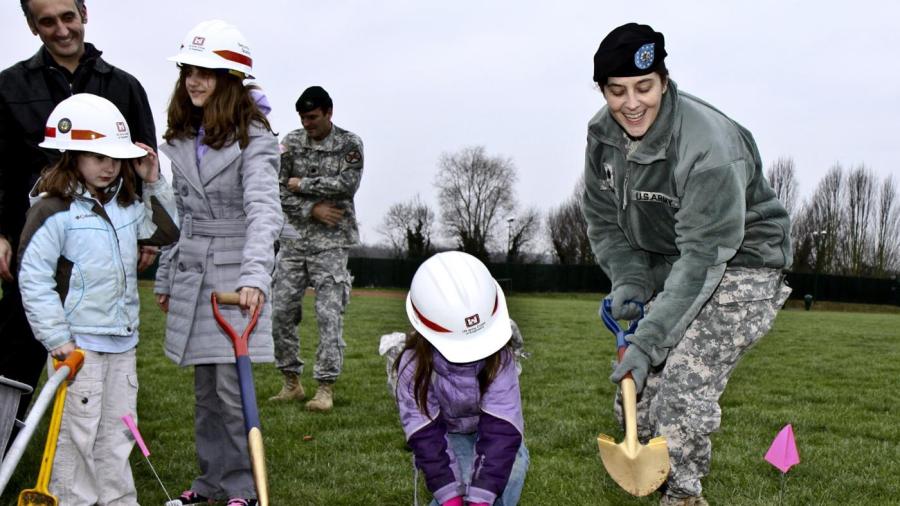What Is Inclusive Practice?

Inclusive practice refers to an approach where both normal and disabled students are accorded adequate support in an educational school setting. It is also a case where students with a disability are given a less restrictive placement as compared to the able ones. The universal educational curriculum emphasizes meeting the educational needs of all students effectively through the professional practices of teachers.
Inclusive practice must serve the needs of all students, whether disabled or not, and whole school reform. Examples of inclusive practices include the use of flexible curricula, early childhood interventions, prevention strategies and adaptive technologies. The universal design of learning stresses the inclusion of various options in the curriculum. The alternatives must be helpful to the teachers, the students and the parents of different abilities, learning styles and backgrounds. The curriculum must be applicable in different learning contexts and environments.
Application of inclusive practice in education helps all students access quality education regardless of their physical ability. If the disability of the student does not require special support or modification of the curriculum, he undergoes regular educational courses. In other circumstances, the student takes typical educational courses in addition to learning support. If the two methods are not useful, the disabled student is put into a special classroom for regular classes in addition to regular gym and music classes if possible.





